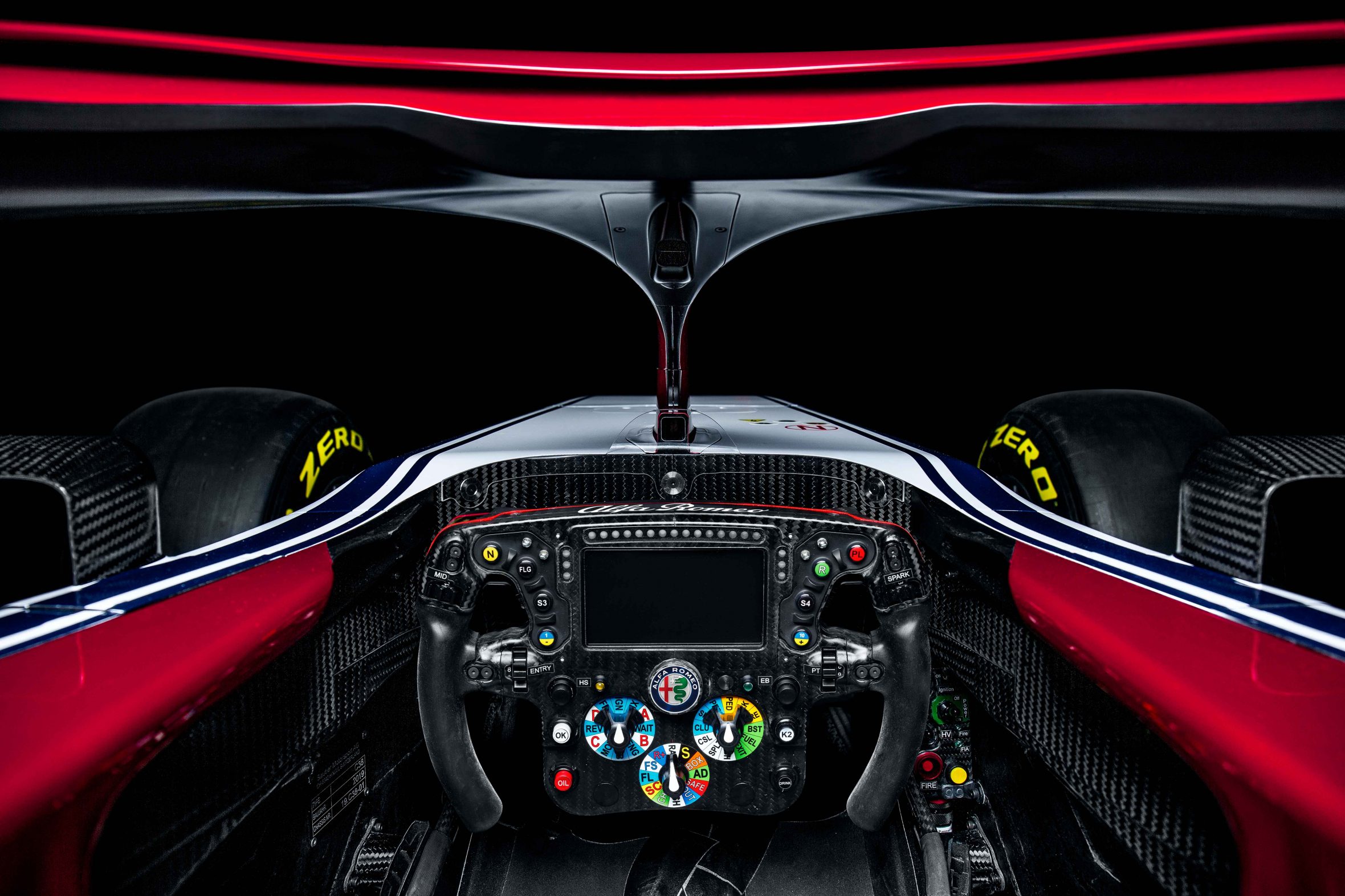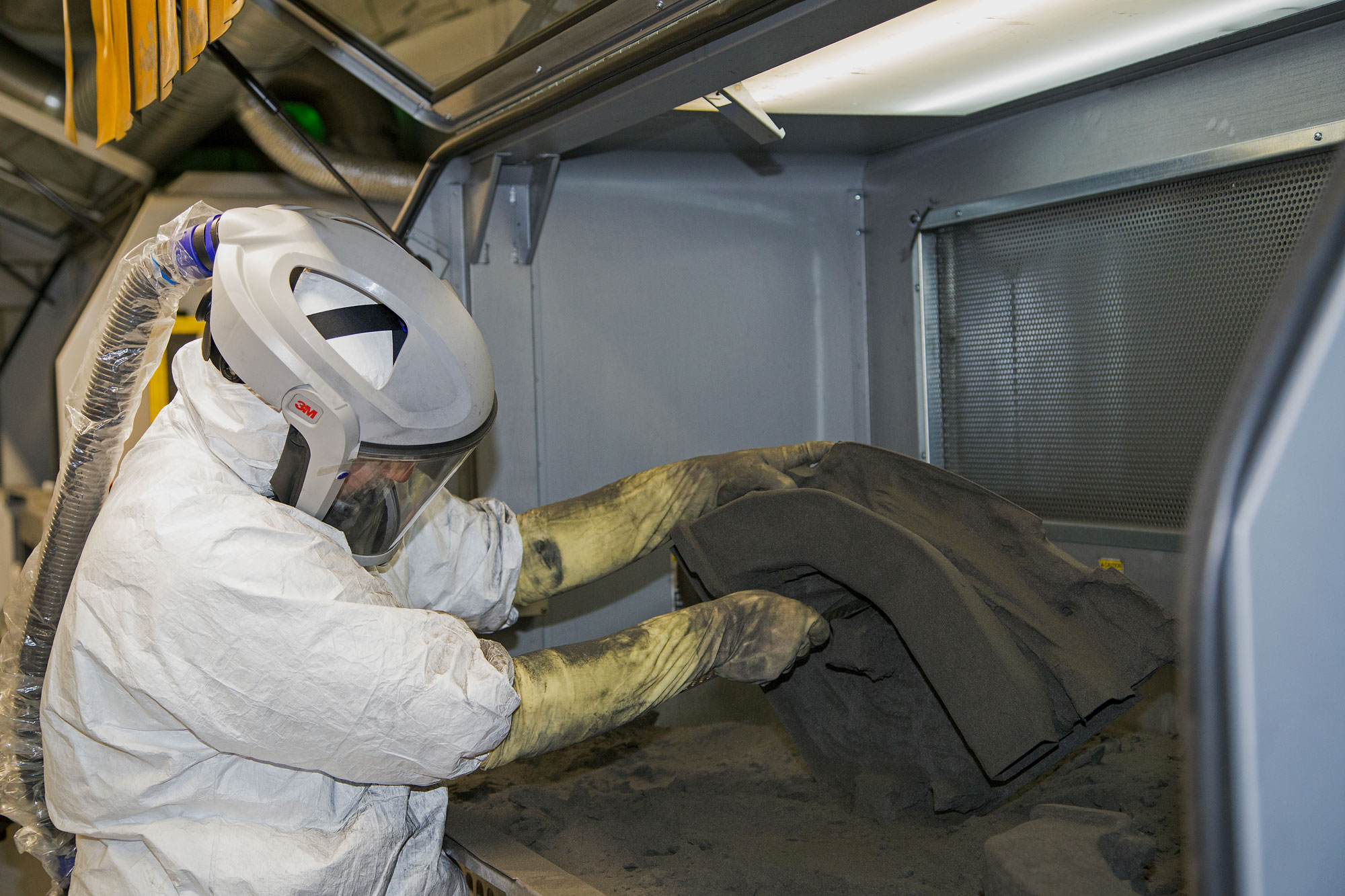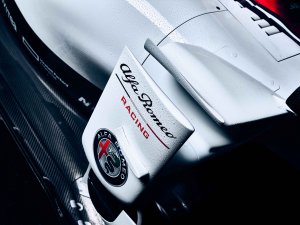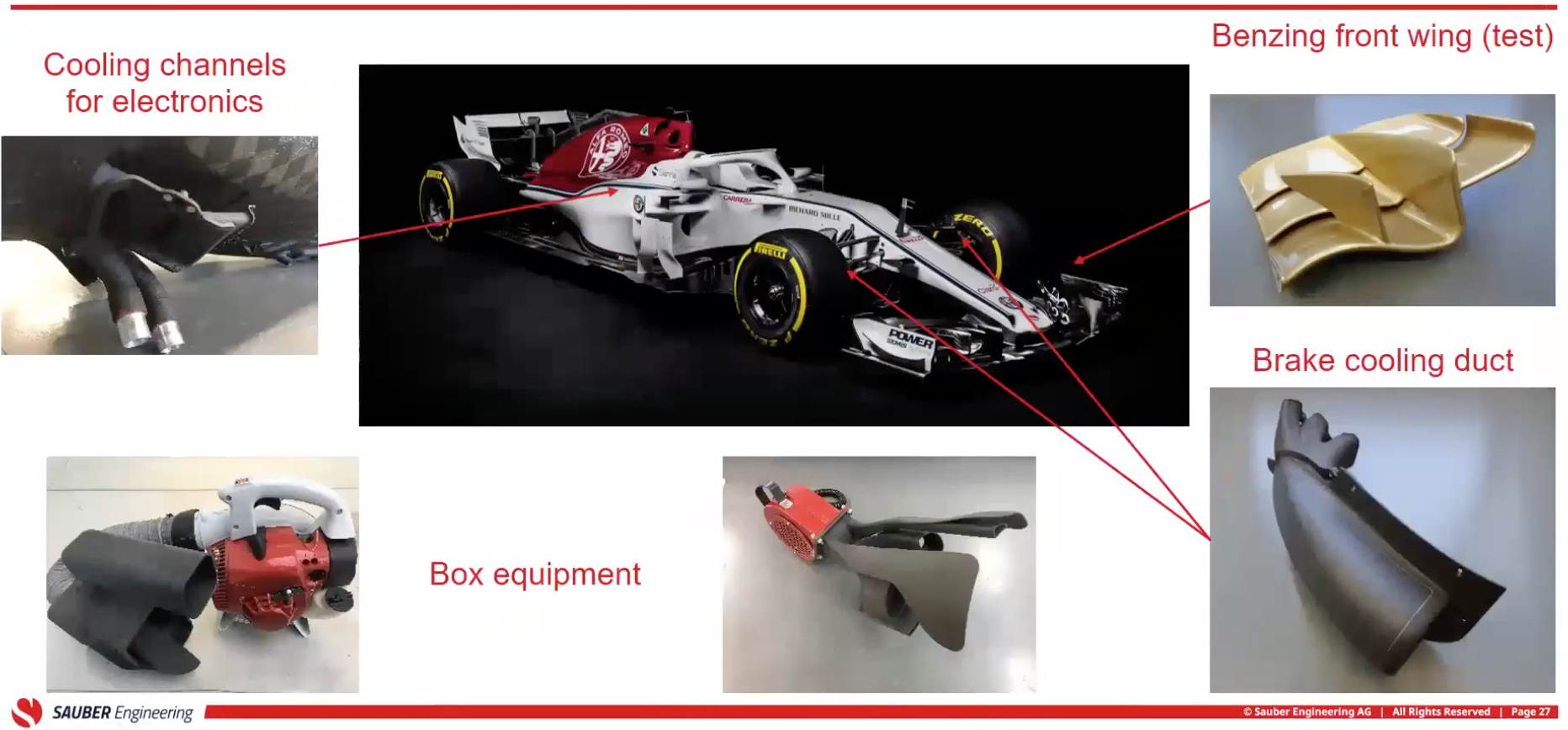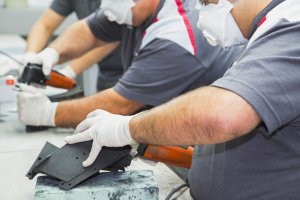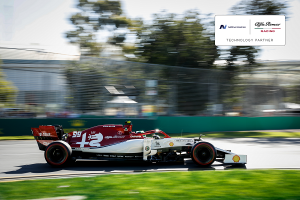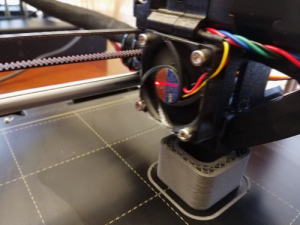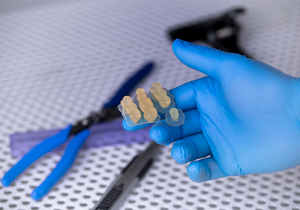Tools and insights to help people choose the right 3D printer, materials, or become more knowledgable about how disruptive technologies can benefit the industry, are very important. This is one of the reasons why a lot of well-established companies and startups are turning to webinars to help users boost their understanding of a 3D printer they already own or to attract new customers. Nevertheless, webinars take up time, usually around an hour or more. On average people spent one-third of their time on work and around five hours a day for leisure (at least in the US), so whether you’re taking time out of a work project, using your much-needed coffee break at the office or staying up late at night, that webinar should be worth it for you to consider it.
With so many different types of manufacturing methods available, it’s difficult to decide which one is better suited for your needs, and the overwhelming amount of 3D printers currently on the market makes choosing one challenging, even more so if you need to add software, scanning devices and post-processing machines. 3DPrint.com has been surfing through quite a few webinars; these online sessions are great sources to become more informed about the technology and how to use it. Over the last year, we have tagged along with Faris Sheikh, a growth marketing specialist at Formlabs, to get a glimpse of the company’s new Form 3 printer; witnessed a live demonstration on how Markforged‘s new Blacksmith AI software can help us accurately design 3D printed parts, and learned how to take advantage of high-strength thermoplastics PEEK, PEKK, and ULTEM from specialists at Montreal-based firm AON3D. Balancing so much information is fun, and we learned a lot, yet choosing the right webinar is not easy so we have summarized the top qualities we consider can take your online viewing experience from great to amazing.
Before signing up for your next webinar you might want to read over our six-pointers. We consider a live demonstration to be on the top of our list, followed by experienced public speakers who will address at least one of the challenges when working with the product, as well as allowing for a Q&A session since we have noticed that some of the most interesting tips arise from audience questions; examples of some of the successful experiences are a great way to illustrate what can be achieved with a product, and finally, we give a lot of credit to webinars that stick to the originally scheduled time frame (remember, time is a valuable commodity).
We love powerpoints, they are great visual aids, and extremely useful when speakers need to convey complex terminology and a lot of information. However powerpoints during a 3D printing webinar are ok for a few minutes, but the audience can benefit much more from a live show, watching someone on screen explain a particular process makes the webinar worth your time. We have witnessed almost everything, from scanning and designing parts with CAD software to preparing a machine for printing.
Last May, 3D scanning enthusiasts were able to tune in to a webinar to witness a live broadcast of DotProduct’s Dot3D during scanning, this is one of the firm’s professional handheld 3D capture solutions which has joined forces with Intel RealSense to better capture real-time 3D data, making both indoor and outdoor 3D capture possible. One of the highlights of the session was a demonstration by company specialist Chris Ahern who performed a live daylight 3D scan of a sample field pipeline, using RealSense’s D415. After capture, Ahern moved onto optimization for cleaning any noise recognized from the data, done within just a few minutes and with ease, showing what it takes to handle the scanning features and post-data analysis. During this webinar, the audience was able to appreciate a walk through all the steps necessary to perform the scan as well as observe how Ahern dealt with one of the more challenging features, needing to manipulate the output a bit to get the acceptable quality required. This is a great example of a company that was able to channel a lot of the qualities we value most.
Some processes like metal printing and machining are not as easy to demonstrate live. In this case, webinars with lots of examples and information supporting the process are very well received by an audience, which is usually more knowledgeable about the specific process and expects to hear about successful cases and know-how. For example, one of Optomec‘s latest webinars proved how useful the company’s laser engineered net shaping (LENS) technology could be when applied on sustainable repairs to some of the most complex machinery around, including plane parts and tank gear repairs. Here, examples were paramount to convey the benefits of the complex machining process.
Webinars are one of the most effective online marketing tactics for any business, they usually bring in new customers and help keep users up to date on the latest advances in the technology that they bought. A great way to engage the audience is through a robust Q&A session. Since questions usually come in throughout the presentation, the speaker can choose a few to answer at the end, but we noticed that some of the best webinars have specialists really committed to dealing with unusual and interesting questions. Sauber Motorsport AG (the company operating the Alfa Romeo Sauber Formula 1 Team), went deep into the underlying benefits of SLS additive manufacturing processes during the Q&A of their on-demand webinar, talking about everything from accuracy to printing with different materials. Expert Richard Broad didn’t hold back in the question session proving that this is one of the reasons we really enjoyed their presentation.
Online webinar sessions usually go for an hour tops, so when they extend beyond the allotted time, it can be a bit daunting, the audience usually loses interest and can get easily bored. An average 3D printing webinar should last around 45 minutes, with presentations usually ending after 30 minutes, followed by 10 to 15 minutes for answering questions. However if a speaker will not stop at 30 minutes, presentations can last an hour or more. If companies expect their audience to keep coming back for more online sessions, they need to prove that they can deliver all the necessary information in the promised time.
Web conferences aren’t new, the first ones date from the 1990s and companies have been using them as a tool for years. Today 3D printing webinars are getting better, allowing for audiences around the world to interact, by asking live questions or filling out surveys (which later help the company determine who is tuning in, where from and what industry they work in); having some of the most experienced employees offer technical demonstrations for viewers, and especially trying to prove that their product is worth considering. We’re really looking forward to future webinars, trying to imagine what some of the most innovative minds out there could come up with to engage audiences with their product, such as using virtual reality to help viewers become even more immersed in an interactive webinar experience, or for companies with large room-size machines, a walk through their processes to witness how the systems work would be amazing. But for now, we’ll stick to our six points. What other qualities would make a 3D printing webinar experience worth your viewing time? Join in the discussion.
[Images: 3DPrint.com, Dot3D, Formlabs and Optomec]
The post What Makes for a Great 3D Printing Webinar? appeared first on 3DPrint.com | The Voice of 3D Printing / Additive Manufacturing.







